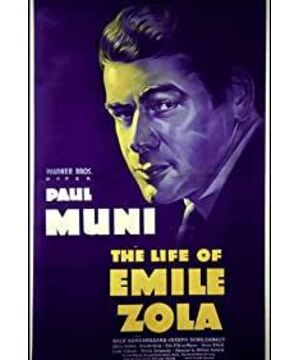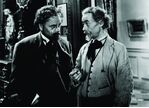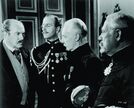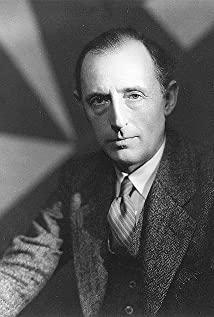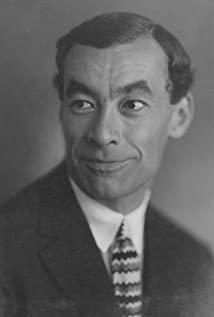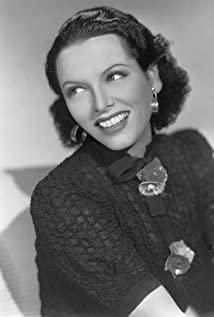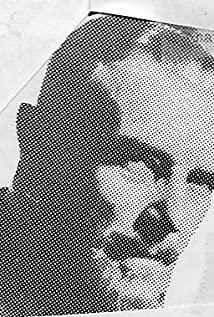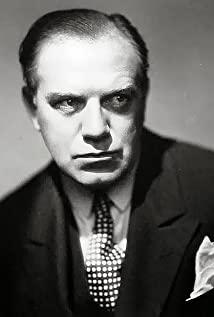This film was filmed in Hollywood in the 1930s. It is very simple, from the color tone to the film narrative language, without fancy expression, not the route of a commercial film. Perhaps it is too fancy, it first violates the artistic intention of the pioneer of "naturalism".
The film only selects four life fragments of Zola, one is Zola and Cezanne's wandering artist life in Paris, the art capital, the second is the process of writing "Nana", and the third is the Dreyfus incident. The fourth is the death of Zola. Among them, the Dreyfus incident is the focus of the whole movie. A writer who occupies an important position in both the history of literature and the history of ideas, and his life deeds are not few, but the director's choice made the film's narrative rhythm just right.
The enlightenment of this movie is that when a relatively grand topic is to be described in a limited space, it is like a wonderful moment instead of covering everything. ——Perhaps my current essay writing dilemma gave me this epiphany that seemed a little distant from the film itself.
But it is a bit unsatisfactory, maybe I am too harsh. All the dialogue in the film is in English, and even the headlines and letters of the characters in the books are also written in English. Except for the name of one newspaper. It feels a little weird. I think maybe the French don’t like this Oscar-winning film either. A writer who writes in his country’s language but speaks American English? If Hollywood filmed a biography of Cao Xueqin or Lu Xun, but both spoke English, it would be beyond my imagination and appreciation.
View more about The Life of Emile Zola reviews


